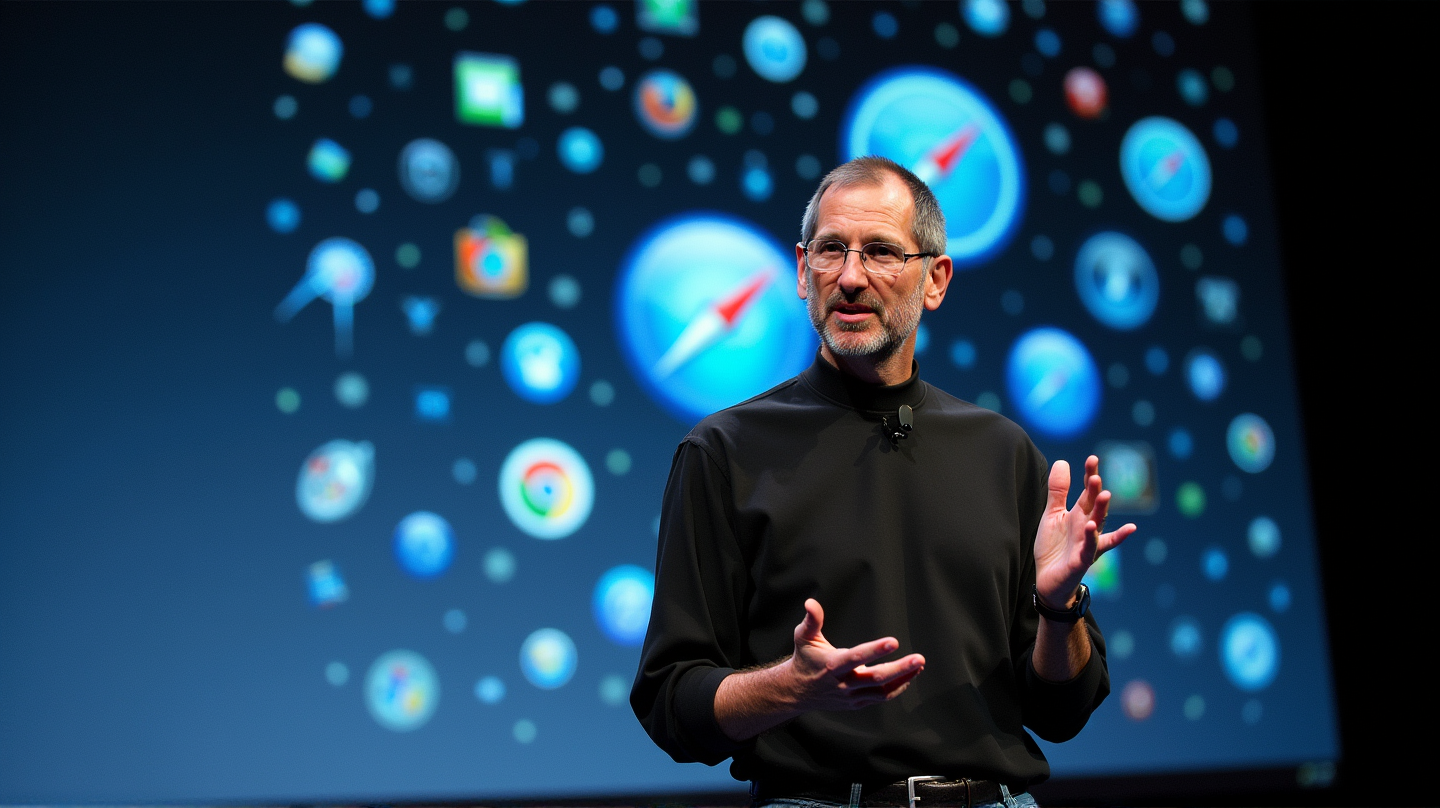In the constantly evolving landscape of web browsers, June 11, 2007, marked a bold step from Apple — introducing Safari 3 for Windows during the Worldwide Developers Conference. This move, spearheaded by the charismatic Steve Jobs, was aimed at shaking up the browsing world that was then dominated by Internet Explorer and Mozilla Firefox. However, what started as an ambitious attempt to win over Windows users ended as a quiet withdrawal five years later. According to Cult of Mac, this is a tale of high hopes meeting harsh realities.
The Dream: Bringing Safari’s Speed to Windows
Back in 2007, Apple claimed that Safari boasted unrivaled speed and simplicity, outperforming its competitors. Jobs highlighted its ability to render web pages faster by a noteworthy margin, promoting features like the SnapBack option for easy search returns, alongside private browsing. The anticipation was palpable — could Safari revolutionize the browsing experience for Windows users as iTunes had done?
The Reality Awakens
Despite a strong introduction, Safari for Windows faced significant challenges. Though it promised speed, users found the experience underwhelming. Reviews criticized its limitations, like a lack of plugin support and instability issues. A notable op-ed from Wired questioned the browser’s relevance, noting, “Safari sucks.” It became apparent that a fast browser still needed to meet user expectations in stability and user interface, elements Safari struggled with on PC.
Competition from Chrome
Apple wasn’t alone in trying to break into the Windows browsing market; their plans were soon overshadowed by Google’s Chrome, which emerged the following year offering seamless browsing across multiple platforms. It quickly became the world’s leading web browser due to its reliability and comprehensive features, outshining Safari’s offerings.
The Quiet Conclusion
In May 2012, Apple ceased support for Safari on Windows with the launch of OS X Mountain Lion. Safari 6.0, released only for Mac, marked the end of an experiment that, while noble, didn’t deliver the impact Apple had envisioned. By then, Safari had secured its place on mobile markets due to the iPhone, but it never became a major player on the desktop front.
Reflecting on Apple’s Bold Move
The closure of Safari on Windows wasn’t just about statistics; it reflected the ever-changing dynamics of technology where even giants sometimes falter. It serves as a lesson in adoption dynamics, where technical excellence alone doesn’t guarantee widespread acceptance.
Have you experienced Safari on a Windows machine? How do you think Apple could have turned this chapter into a success story? Share your reflections!
Join the conversation below and let us know your thoughts or let the nostalgia linger about this fascinating tech twist from the annals of Apple’s history.
